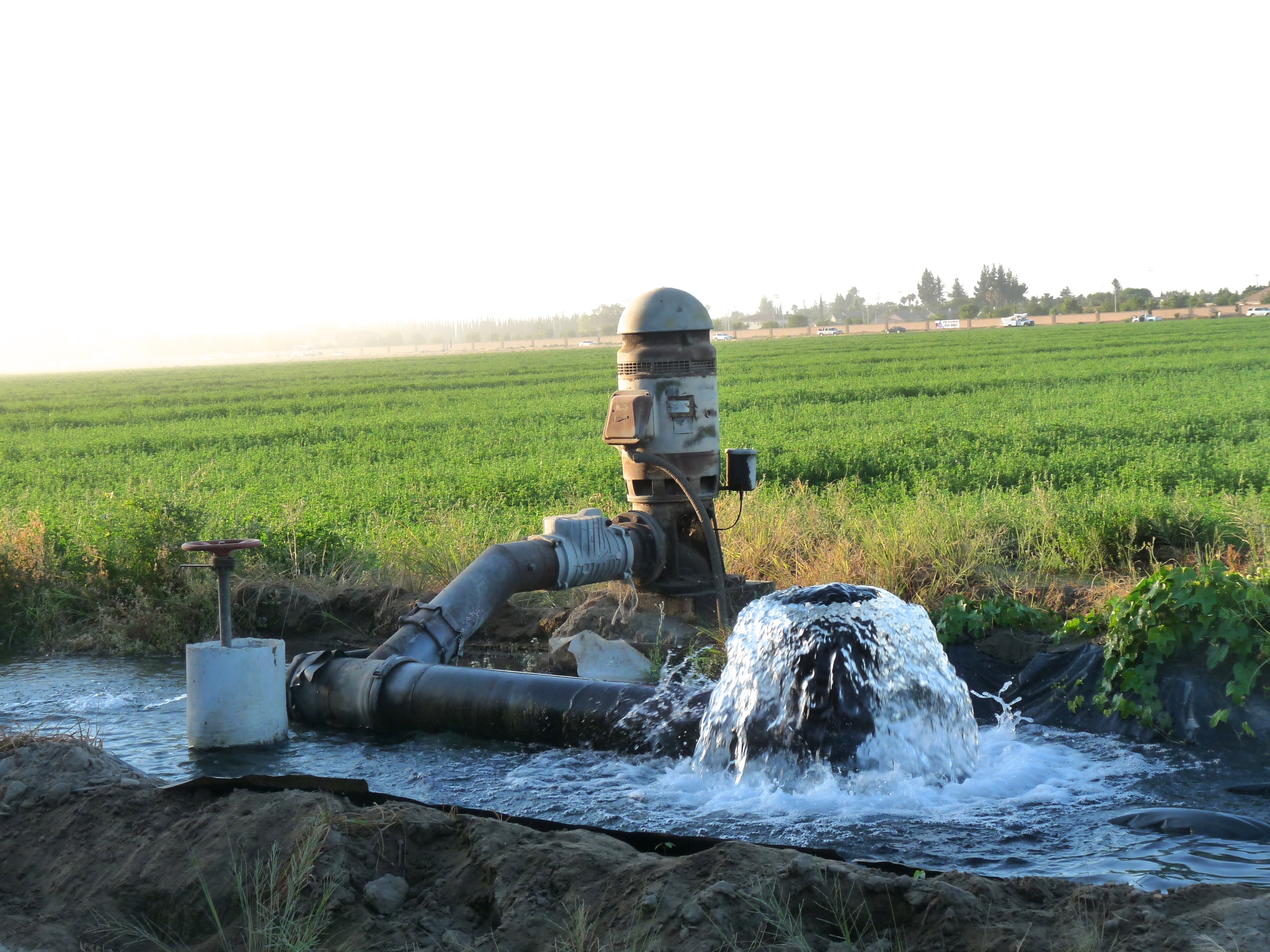Wastewater Treatment Plant in Delta Causing Problems
Harmful Algal Blooms Impacting Watershed
News Release Edited By Patrick Cavanaugh
The San Francisco Bay Regional Water Quality Control Board updated its regulations on nutrient discharges into the San Francisco Bay watershed recently to protect the watershed from harmful effects of discharges from municipal wastewater treatment plants and other sources.
Although San Francisco Bay is not impaired by nutrients, it is a nutrient-enriched estuary with higher nitrogen and phosphorus concentrations than most estuaries in the world. Too much nitrogen and phosphorous can lead to harmful algal blooms, which can release toxins to the Bay. Harmful algal blooms can also result in low dissolved oxygen or insufficient oxygen in the water to support aquatic life.
In the Bay, nitrogen has the biggest influence on phytoplankton growth, and the Region’s municipal wastewater treatment plants account for 65 percent of the nitrogen discharged to the Bay. Regional population growth will increase these nitrogen discharges.
The regulatory update, in the form of a reissue of the Nutrients Watershed Permit first adopted in 2014, provides a consistent approach for regulating nutrient discharges from municipal wastewater treatment plants in the San Francisco Bay watershed.
The first Nutrients Watershed Permit required sewage treatment agencies to: (1) monitor their discharges, (2) support scientific studies to evaluate the Bay’s response to current and future nutrient loads, and (3) evaluate opportunities to remove nitrogen through treatment plant improvements.
This update will increase monitoring and scientific studies. Importantly, it requires treatment agencies to evaluate opportunities to remove nitrogen using “green” solutions, like routing wastewater through treatment wetlands and wastewater recycling.
These types of opportunities may provide water quality benefits beyond nutrient removal, for example, by providing protection against climate change through carbon sequestration and adaptation of the shoreline to address sea-level rise. Green solutions can also remove additional contaminants of emerging concern for water quality.



 The recently proposed changes to the
The recently proposed changes to the 







